Discover 8 common corneal and external eye diseases like Pterygium, Keratoconus, and more that can impact your vision and comfort. From irritation and redness to vision distortion, these conditions show up in various ways- but the good news is, most are treatable. Learn about key symptoms, causes, and effective treatment options such as eye drops, minor surgery, or advanced procedures, depending on the condition. Stay informed, spot early signs, and protect your sight with timely care!
The cornea is the clear outer portion of our eye. It is the one that covers an iris (the colored portion that is visible to the naked eye) as well as its pupils (the dark center). Contrary to other tissues, the cornea does not have blood vessels, which makes it transparent and efficient at reflecting (bending) light to ensure clear vision.
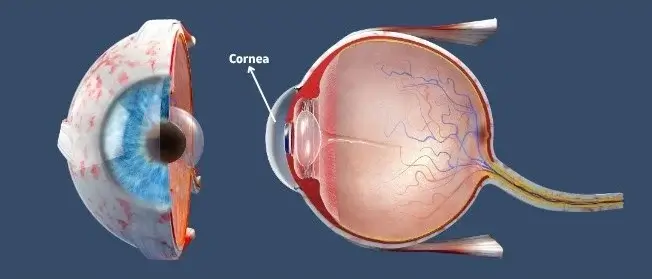 Key Functions of the Cornea:
Key Functions of the Cornea:
External and corneal conditions are an array of conditions which affect the cornea and adjacent structures, conjunctiva, eyelids and the sclera (white portion of your eye).
They could be inflamatory, infectious, traumatic, or degenerative in nature. they require prompt care to avoid vision impairment.
Let’s discuss the Corneal diseases that affect the cornea directly.
Keratitis or Corneal Ulcer is when the clear front part of your eye (cornea) gets inflamed or infected. It can feel like something is stuck in your eye and may cause pain or blurred vision.
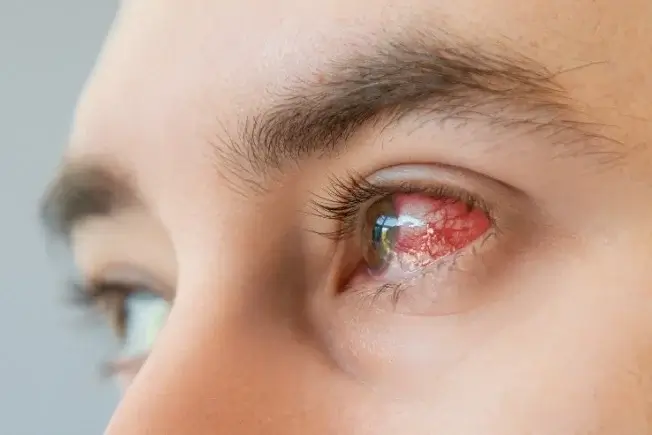 Symptoms:
Symptoms:
Do not use eye drops on your own and over the counter medicines, immediately contact your eye specialist.

This is a viral infection of the cornea caused by the herpes virus (the same one that causes cold sores). It can come back again and again, affecting your vision.
Symptoms: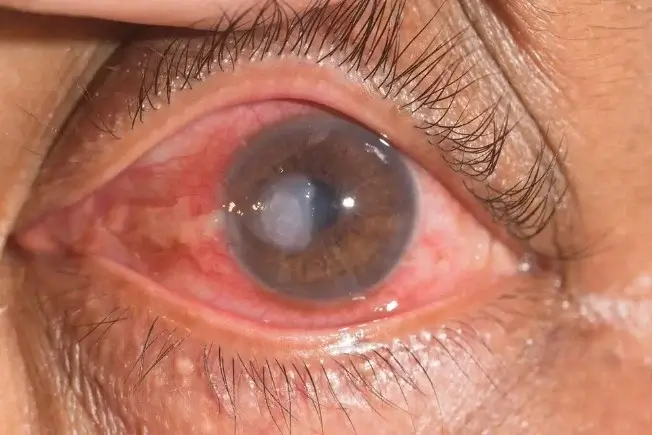
This is a viral infection of the cornea caused by the herpes virus (the same one that causes cold sores). It can come back again and again, affecting your vision.
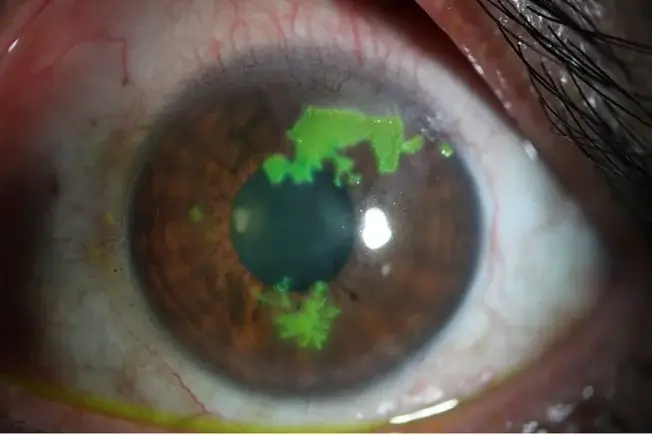 Symptoms:
Symptoms:

Keratoconus is a condition where your cornea slowly becomes thin and bulges outward in a cone shape, causing blurry and distorted vision. It usually starts in teenage years or early adulthood.
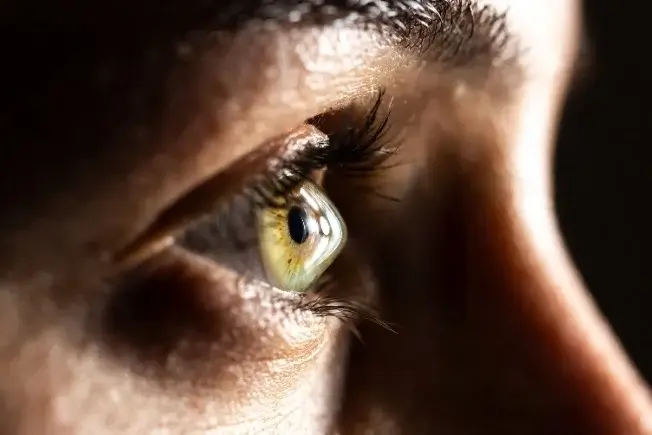 Symptoms:
Symptoms:

Let’s discuss the diseases that affect the outer parts of the eye such as conjunctiva, eyelids, or tear film:
Dry Eye Disease happens when your eyes don’t make enough tears, or the tears dry up too quickly. This can cause discomfort, blurred vision, and a burning feeling.
 Symptoms:
Symptoms:

Pterygium is a pink, triangle-shaped growth on the white part of your eye that may slowly move onto the cornea. It’s often harmless but can affect vision if it grows too much.
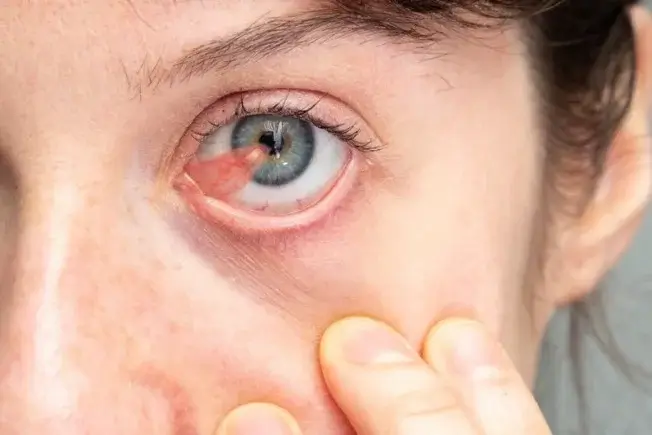 Symptoms:
Symptoms:

It’s an allergic reaction in your eyes that causes itching, redness, and tearing. It usually happens during certain seasons or when exposed to allergens like dust or pollen.
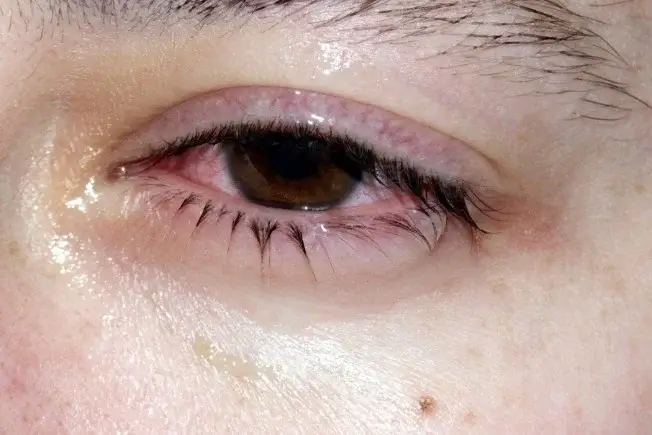 Symptoms:
Symptoms:

A rare but severe condition where the skin and mucous membranes, post allergy to systemic medication, including the eyes, become inflamed and form painful blisters. It can lead to serious eye damage if not treated early.
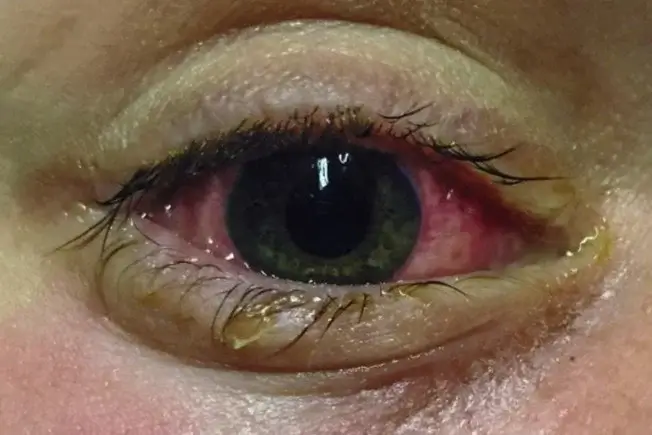 Symptoms:
Symptoms:

A rare autoimmune disease where the body attacks the mucous lining of the eyes, causing scarring. Over time, this can shrink the eye surface and affect eyelid function.
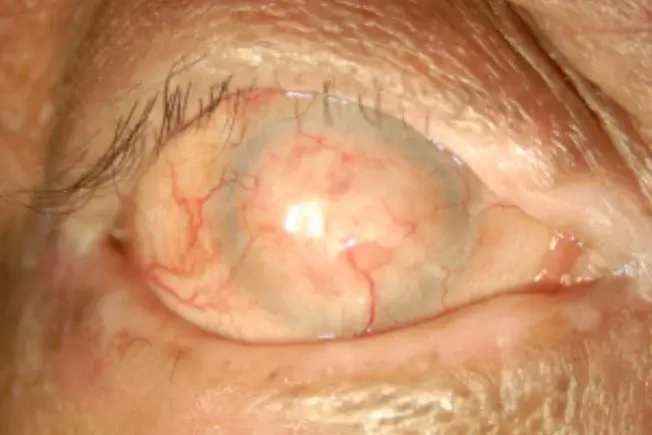 Symptoms:
Symptoms:

Your eyes are precious- and when something feels off, don’t wait it out. Early detection can save your vision. You should see an eye specialist immediately if you experience:
At Save Sight Centre, our specialists use some of the most advanced diagnostic tools to accurately detect eye conditions and tailor the treatment to your exact needs.
If your eyes feel uncomfortable or your vision isn’t what it used to be, don’t ignore the signs. Book a consultation today and take the first step towards clear, comfortable, and healthy vision.
Diagnostic Tools We Use:1.Slit-Lamp Examination – Offers a clear, magnified view of the cornea and surrounding tissues.
2.Corneal Topography – Maps the curvature of your cornea; ideal for diagnosing conditions like keratoconus.
3.Tear Film Break-Up Time (TBUT) – Measures how stable your tear film is, which is important in dry eye diagnosis.
4.OCT (Optical Coherence Tomography) – Produces high-resolution images of corneal layers and nearby tissues.
5.Microbiological Testing – Helps identify bacteria, viruses, fungi, or parasites causing infections.
A little care goes a long way in keeping your eyes healthy. Here are some simple habits you can follow:
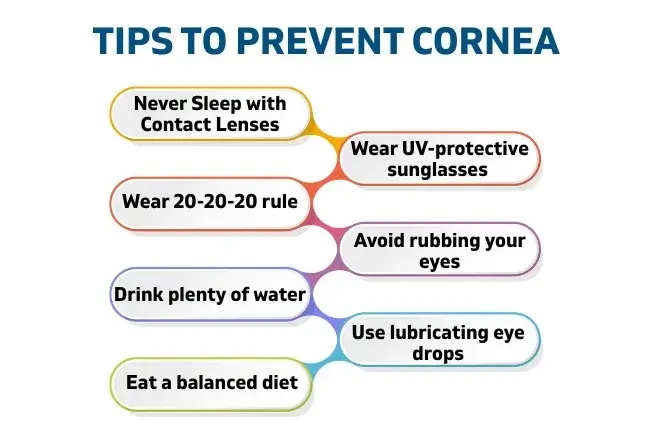
If you see any of the above symptoms, without delay, contact an eye specialist.
We offer a full range of advanced cornea and external eye treatments designed for comfort, precision, and long-term success:
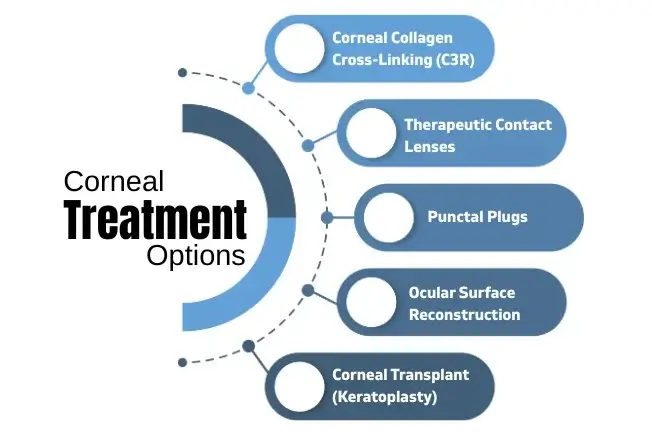
Keratitis, corneal ulcers, keratoconus, and Fuchs’ dystrophy are common.
They include conditions affecting the outer eye, like conjunctivitis, blepharitis, and styes.
Redness, pain, blurry vision, tearing, and sensitivity to light.
Yes, if untreated, they can lead to serious vision loss.
Through eye exams like slit-lamp evaluation, corneal scans, and vision tests.
Medications, eye drops, minor procedures, or corneal transplants, depending on the condition.
Practice good hygiene, wear eye protection, and get regular check-ups.
If you notice pain, redness, blurred vision, or sudden changes in your eyesight.
Copyright © 2025 | Save Sight Centre | All Rights Reserved.